The Breweries of Louny
15 comments
As my dear readers know, I enjoy my beer well-deserved and spiced by a hint of a story alongside the vast palette of flavors I try to detect, describe, and share with you. This #BeerSaturday entry differs from what you’re used to, though. I visited two breweries at once, and Heineken is to blame. One of them, sadly, is just a shade of its past, although the brand still exists — on paper. It’s similar to what @vikisecrets mentioned in his post about the famous Mozart balls, a traditional Austrian sweet now owned by the Mondelez conglomerate. Anyway, the building I visited is the original brewery of Louny, a small town in the Žatec region, the homeland of the Saaz hop variety, which is vital for any proper Bohemian lager.
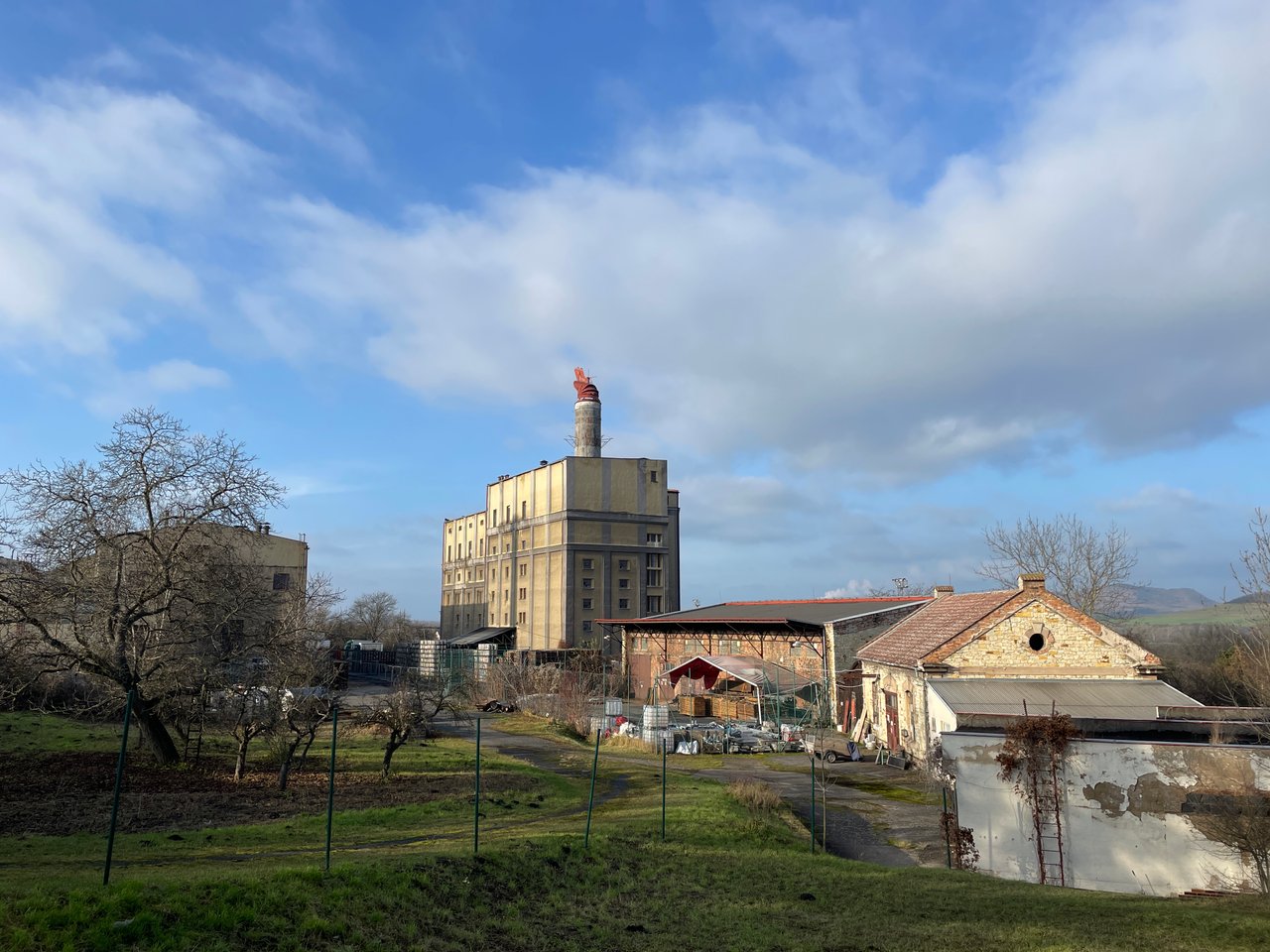
The Louny brewery was founded by the House of Schwarzenberg in 1892, which makes it relatively young from a Czech perspective. However, it replaced an older microbrewery — the town of Louny was granted brewing rights in 1250, and its townspeople have exercised this right ever since. The brewery managed to survive the First World War, and thanks to its strategic location in the heart of the hop-planting region with an industrial railway station adjected to it, combined with significant investments by its noble owners, it soon became one of the prominent breweries in the newly established country of Czechoslovakia.
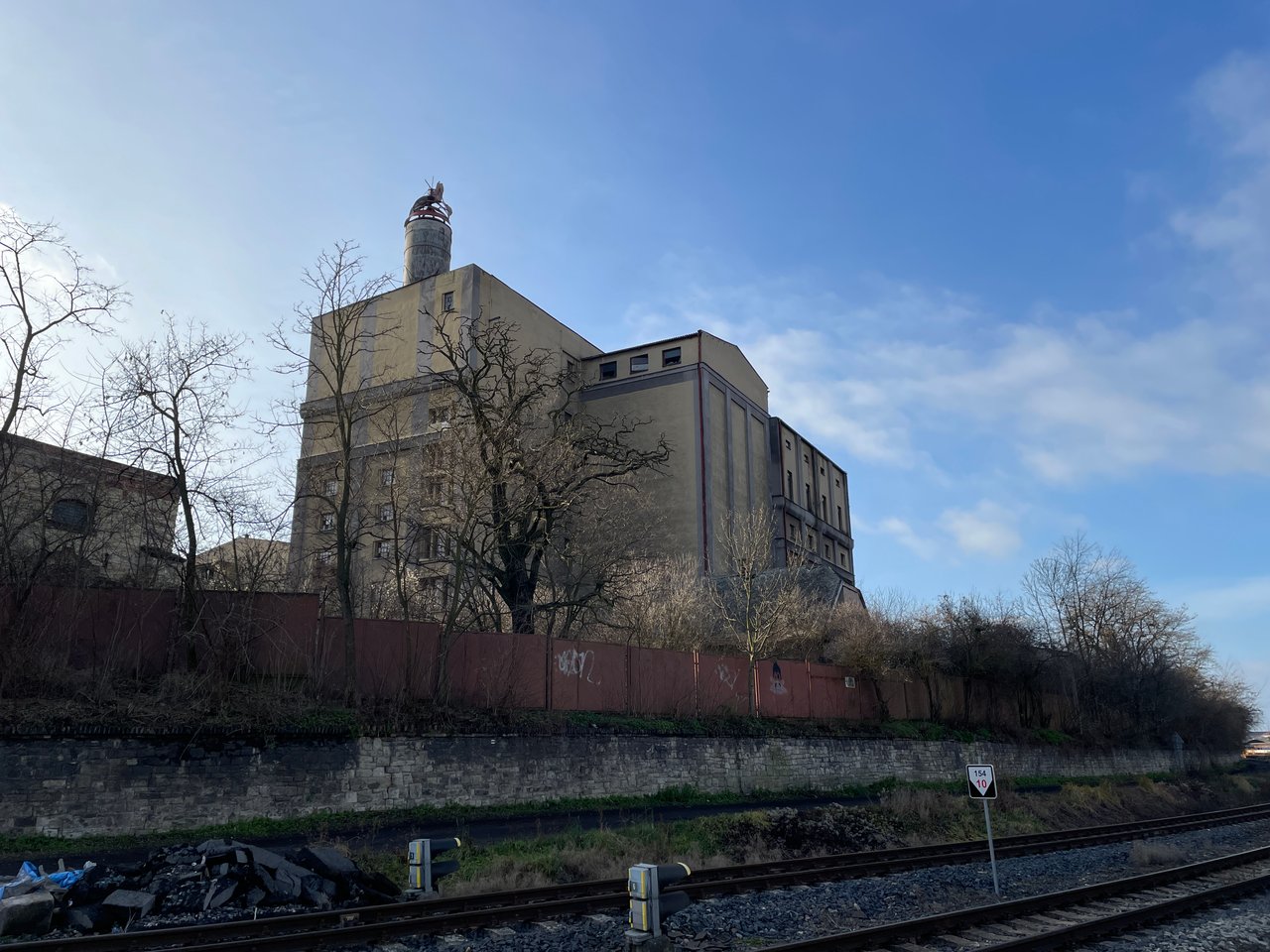
In the late 1930s, the last owner from the Schwarzenberg dynasty fled upon realizing that the Nazi annexation of Czechoslovakia was inevitable, leaving all estates to the invaders. Before the noble family could reclaim their manor after the war, they had to escape once again, this time due to the Communist coup d’état. Despite these upheavals, the brewery survived the war and the Communist era, continuing to brew beer while many similar establishments were forcibly repurposed as warehouses or other facilities. It also survived the "wild" 1990s, only to be ultimately acquired and shuttered by Heineken. As we all know here in #BeerSaturday, Heineken produces mediocre industrial beer. You may not know, though, that the company has acquired dozens of lesser-known brands over the last few decades to diversify. However, none of these acquisitions brew proper beer, at least not here in the Czech Republic.
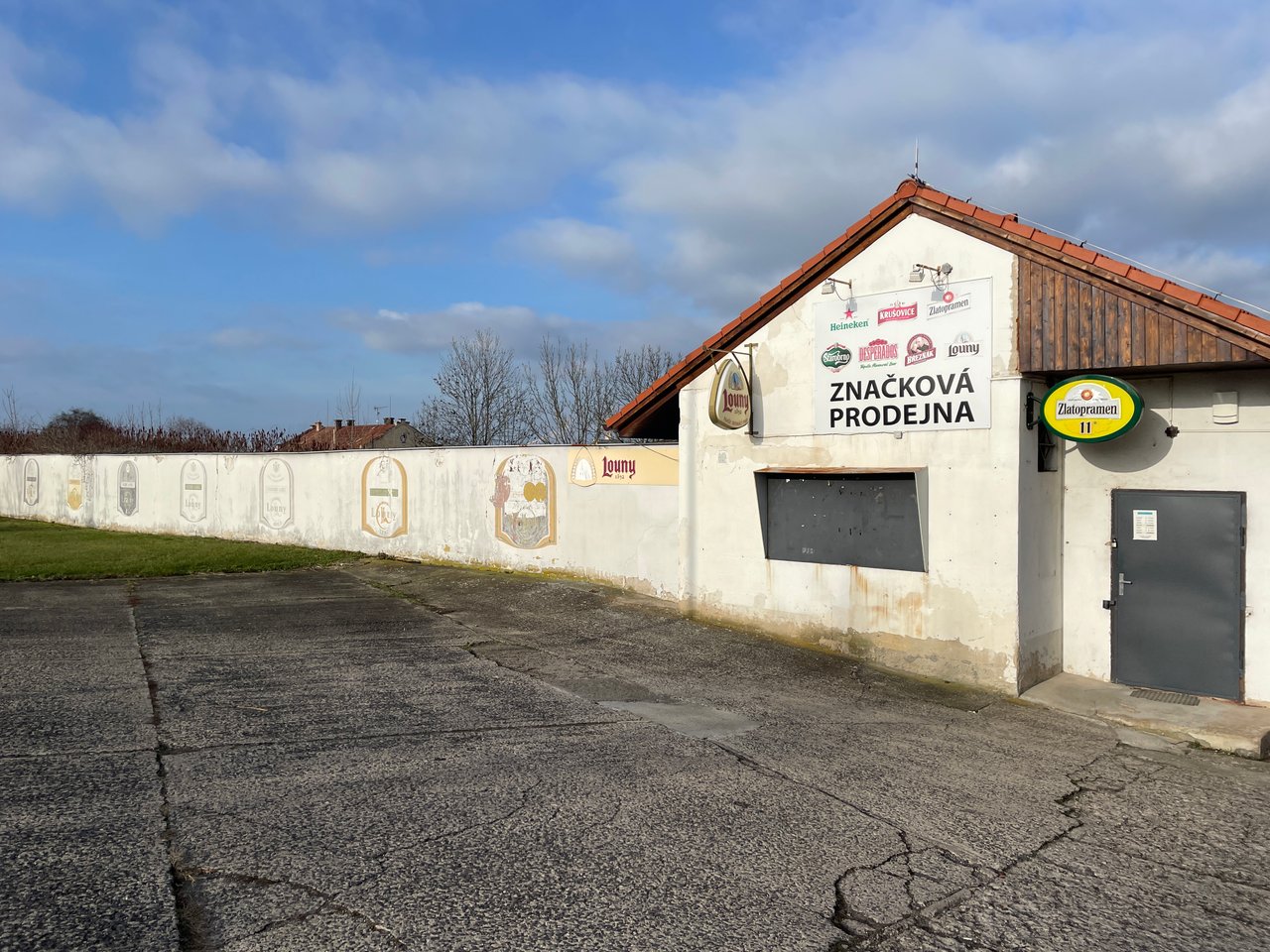
Heineken eventually ceased production of Louny beer, repurposing the brewery as… a warehouse. Ironically, this mirrors what the Communists did to many breweries. Today, it also serves as a wholesale distribution center for all Heineken brands available in the Czech Republic. But who would drink Heineken when you can find great brews in the very same town? Perhaps only a beer masochist!
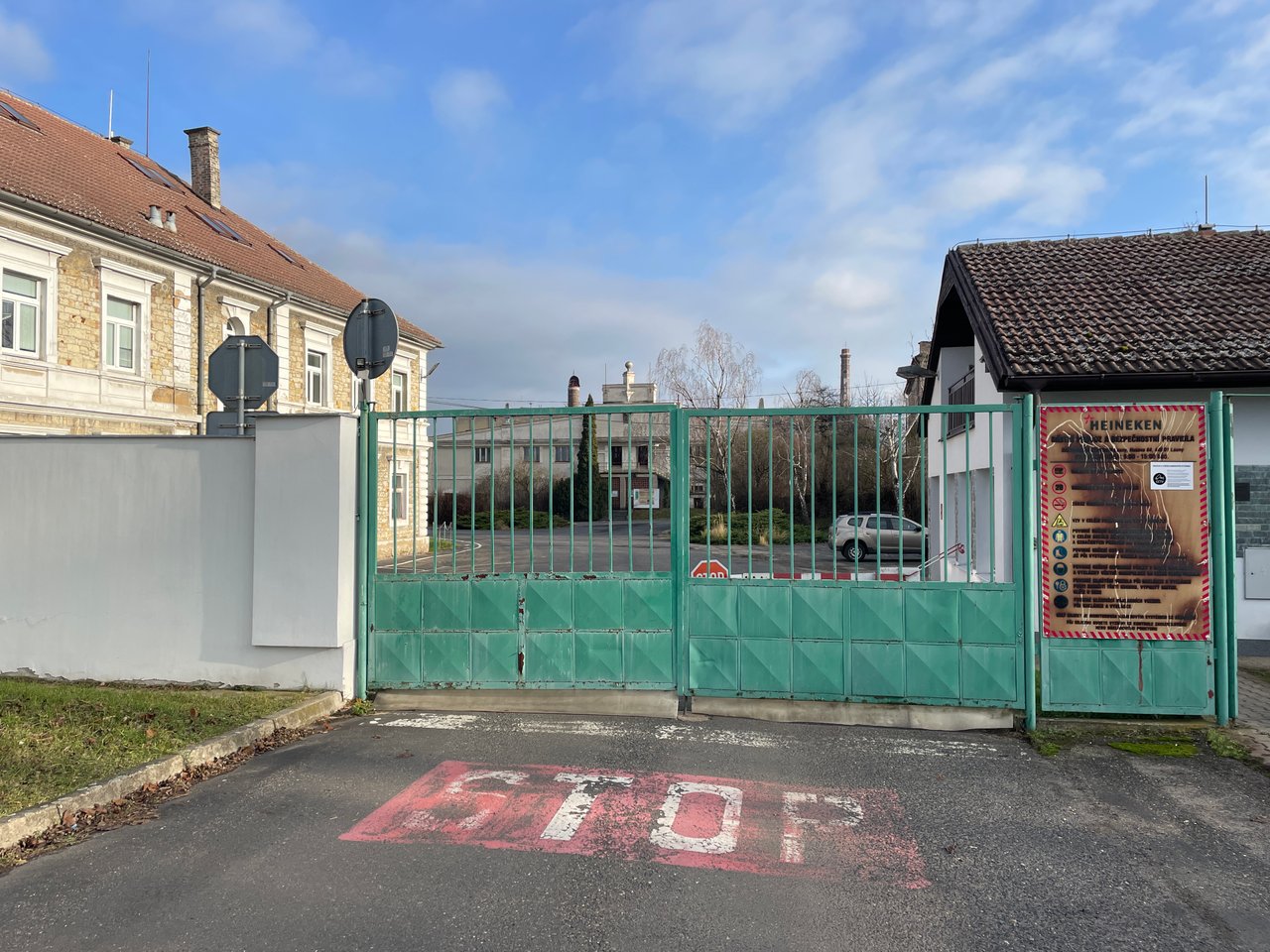
Domov Microbrewery
To dry my tears of nostalgia and soothe my beer-loving soul, I headed Home. Not home to Prague, though — this cozy microbrewery is called Domov, Czech for “home.” A town in the Saaz region cannot be without a brewery, and after Heineken halted production at the Schwarzenberg site, two new microbreweries emerged in Louny. Only one has survived to this day, and I’m happy to share my impressions of its brews.
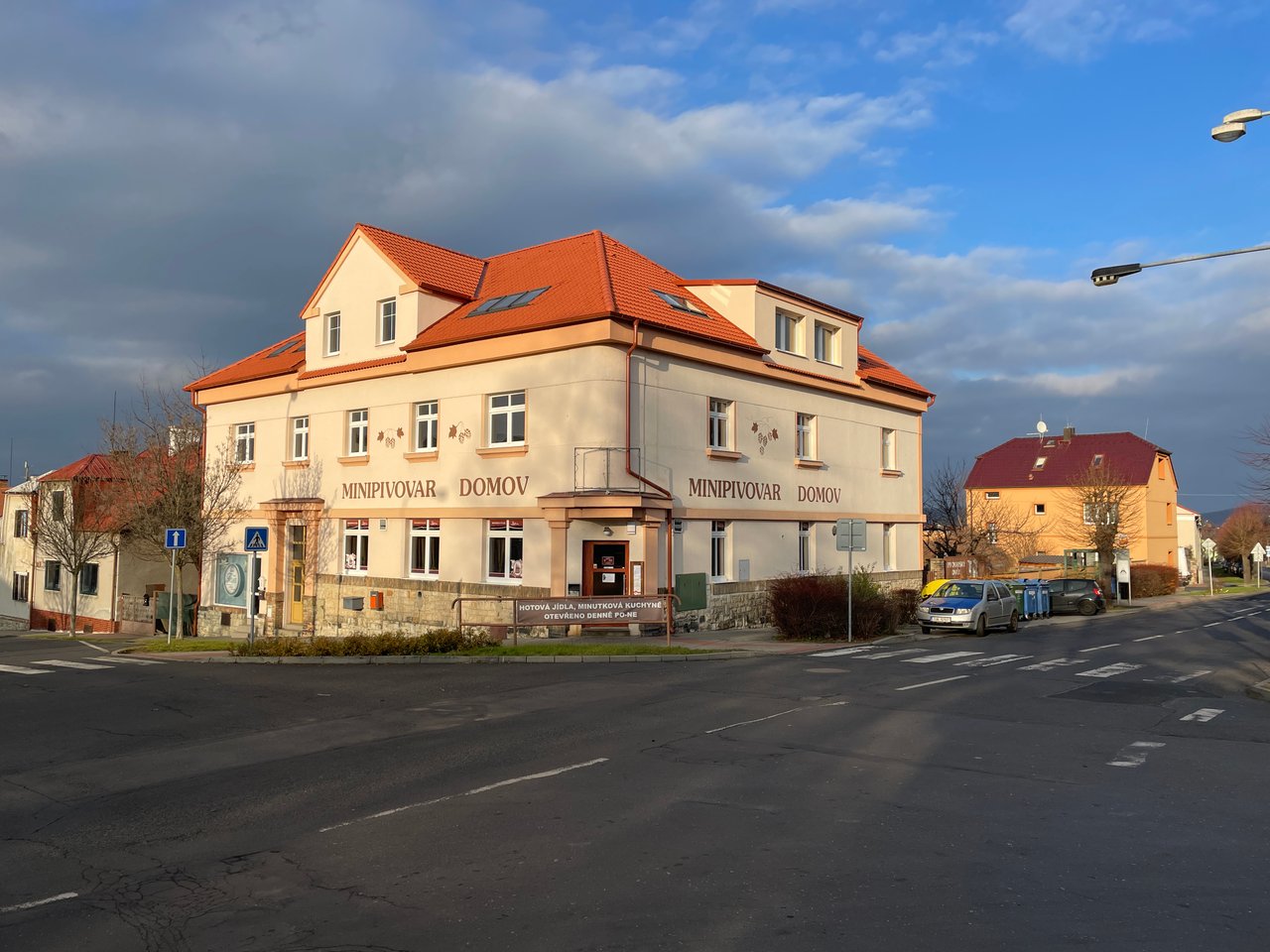
Domov is a place for the locals; two family gatherings occurred that night. I arrived a tad early, so I could take several snapshots and interrogate the waiters before the buzz started. It definitely felt like home, at least for a Czech.
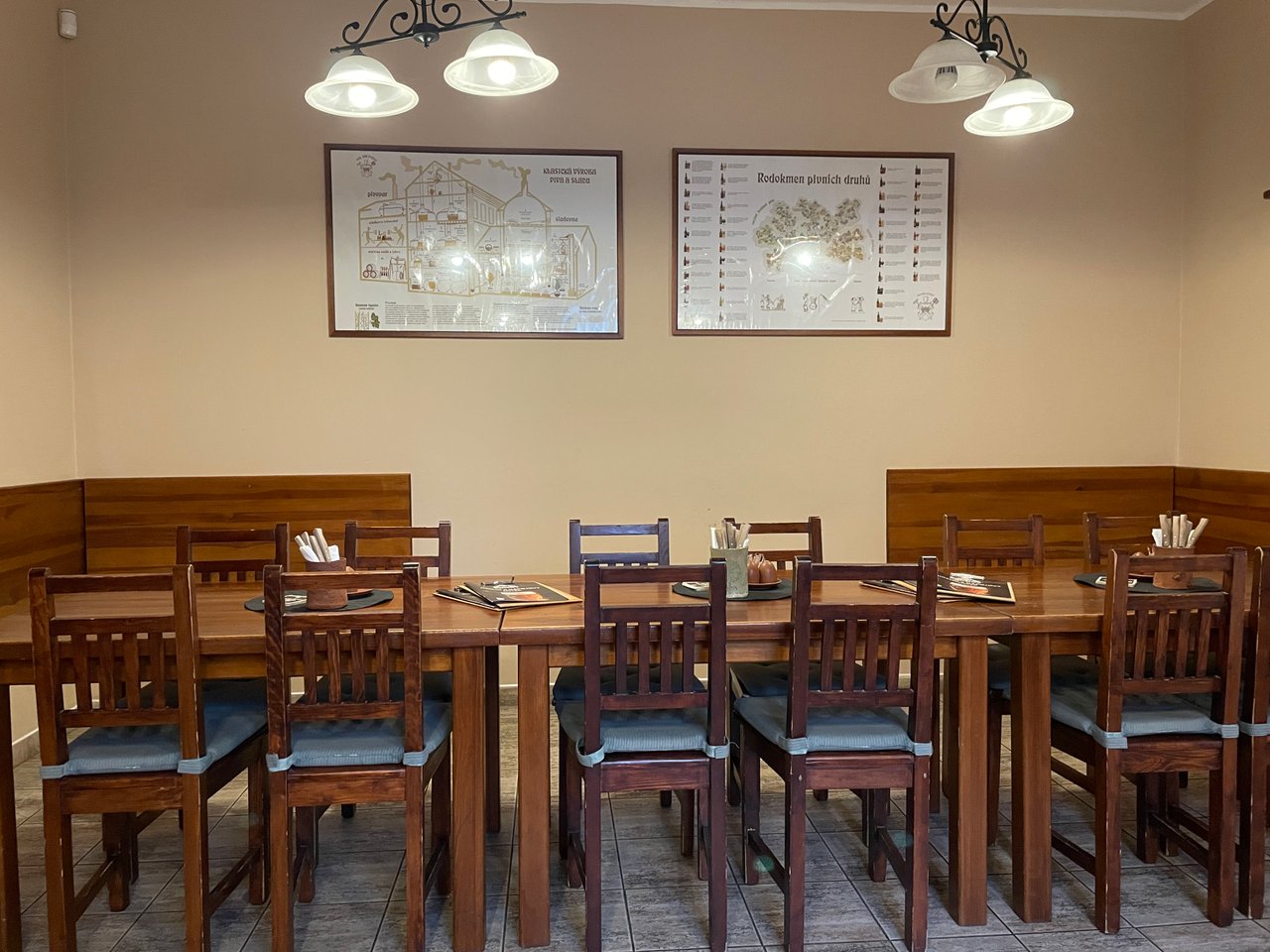
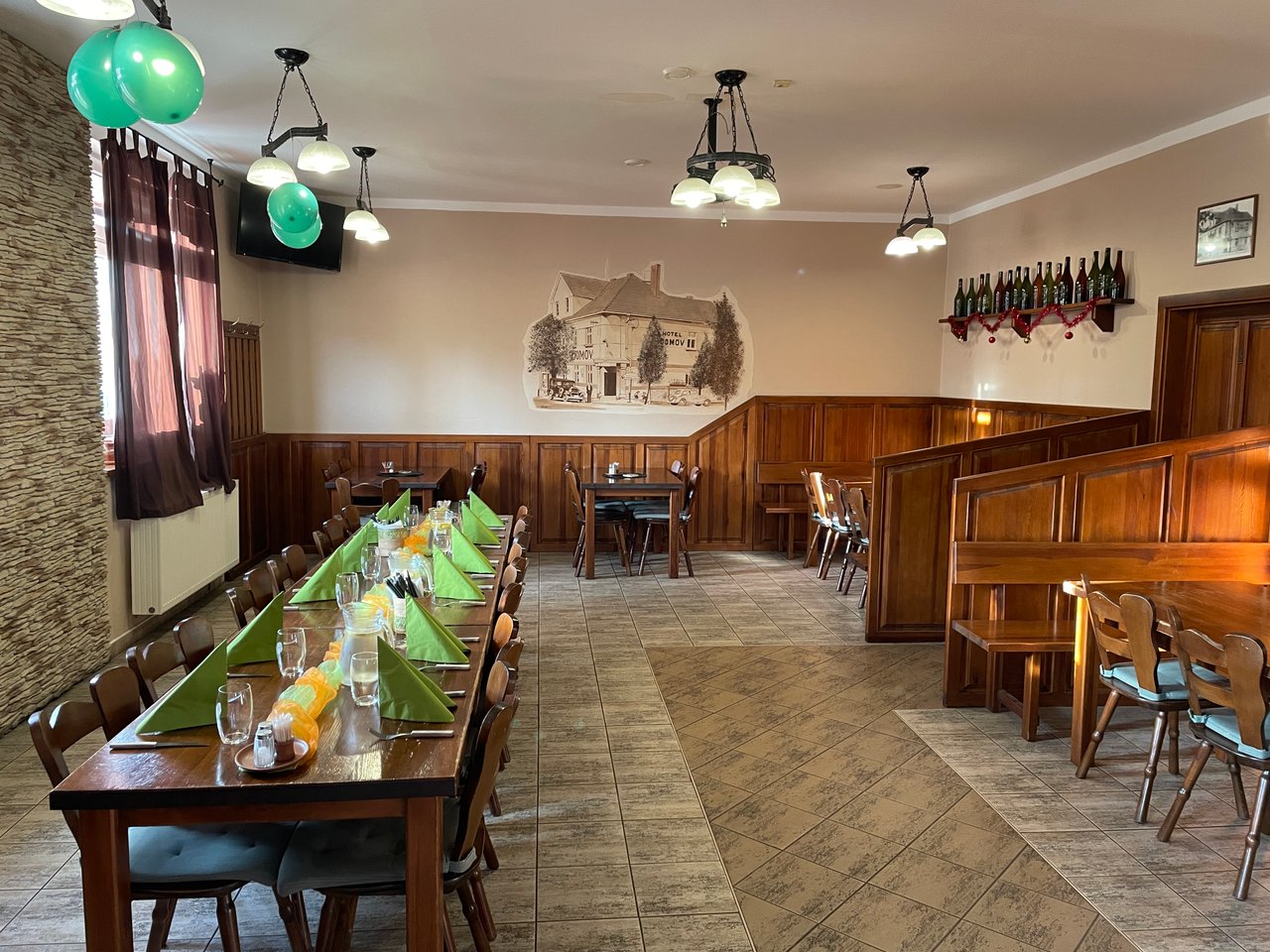
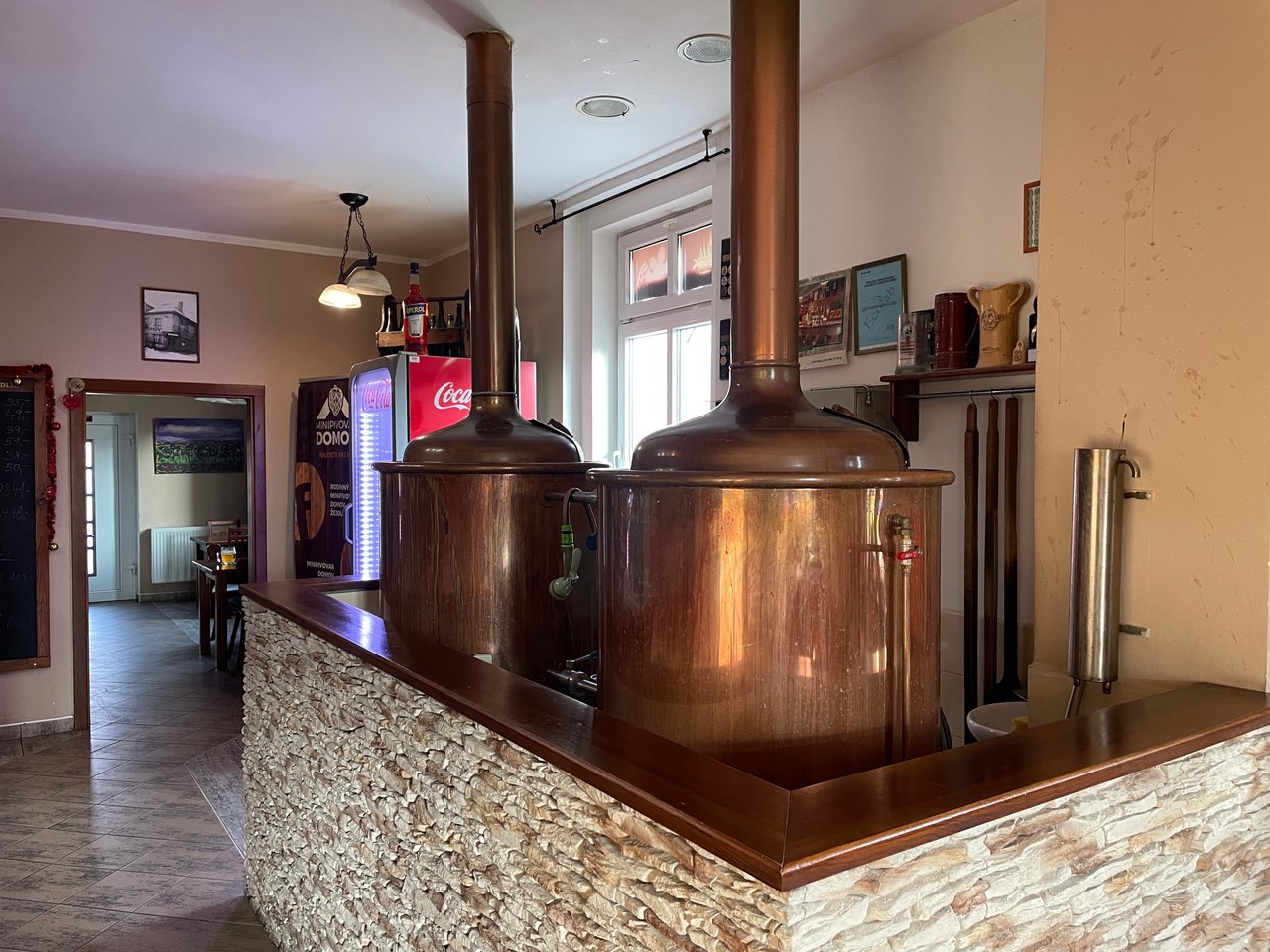
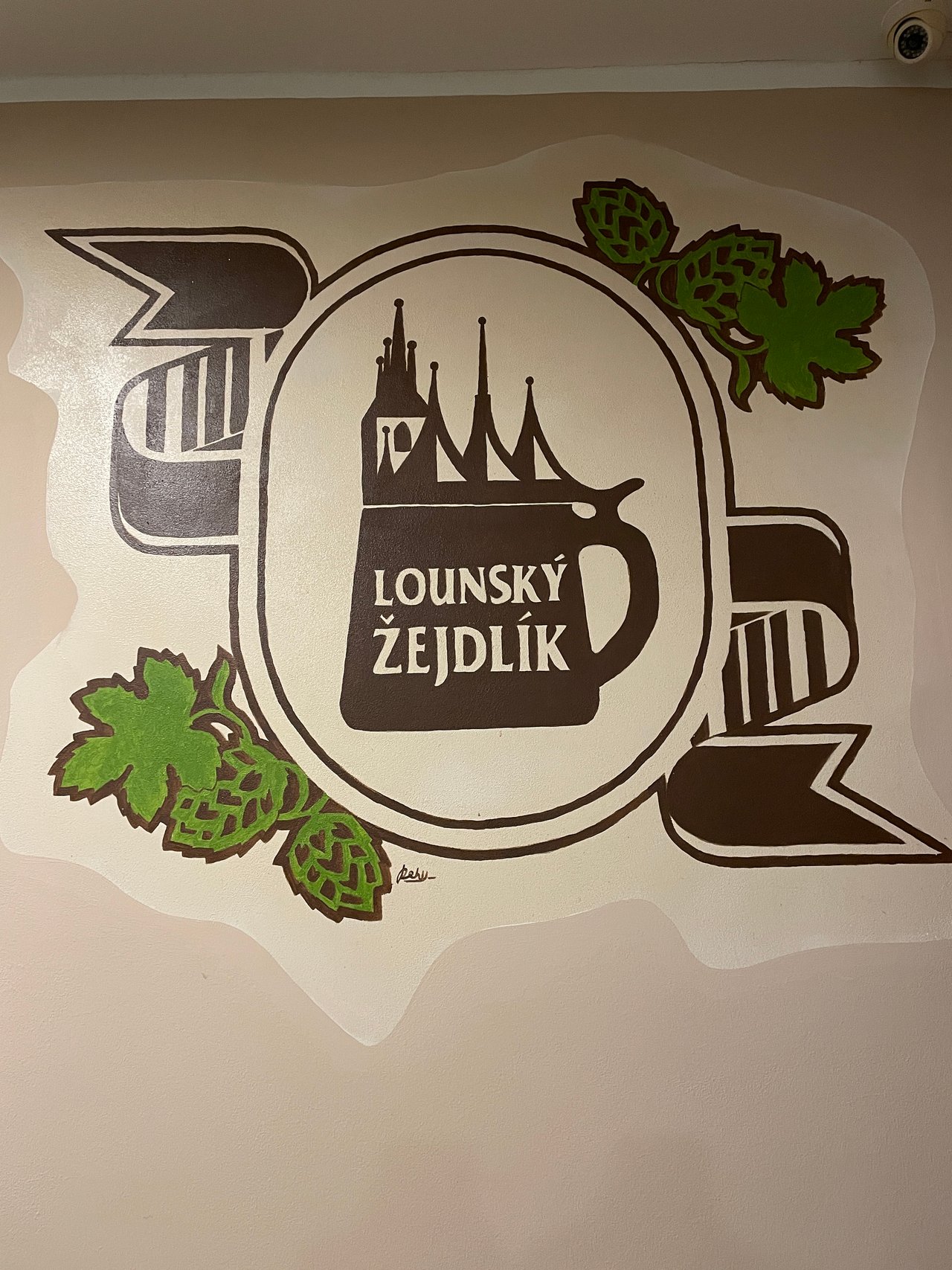
Lounský Žejdlík 11° – Bohemian Lager
If you expect a heavily hopped lager, given the location in the hop region, you’re completely wrong. This brew is old-fashioned, with a proper malty body and only moderate bitterness. The hop aroma appears subtly in the aftertaste. A generally good beer that stays true to tradition, it’s easy to imagine spending a long winter night, like these around the solstice, sipping it.
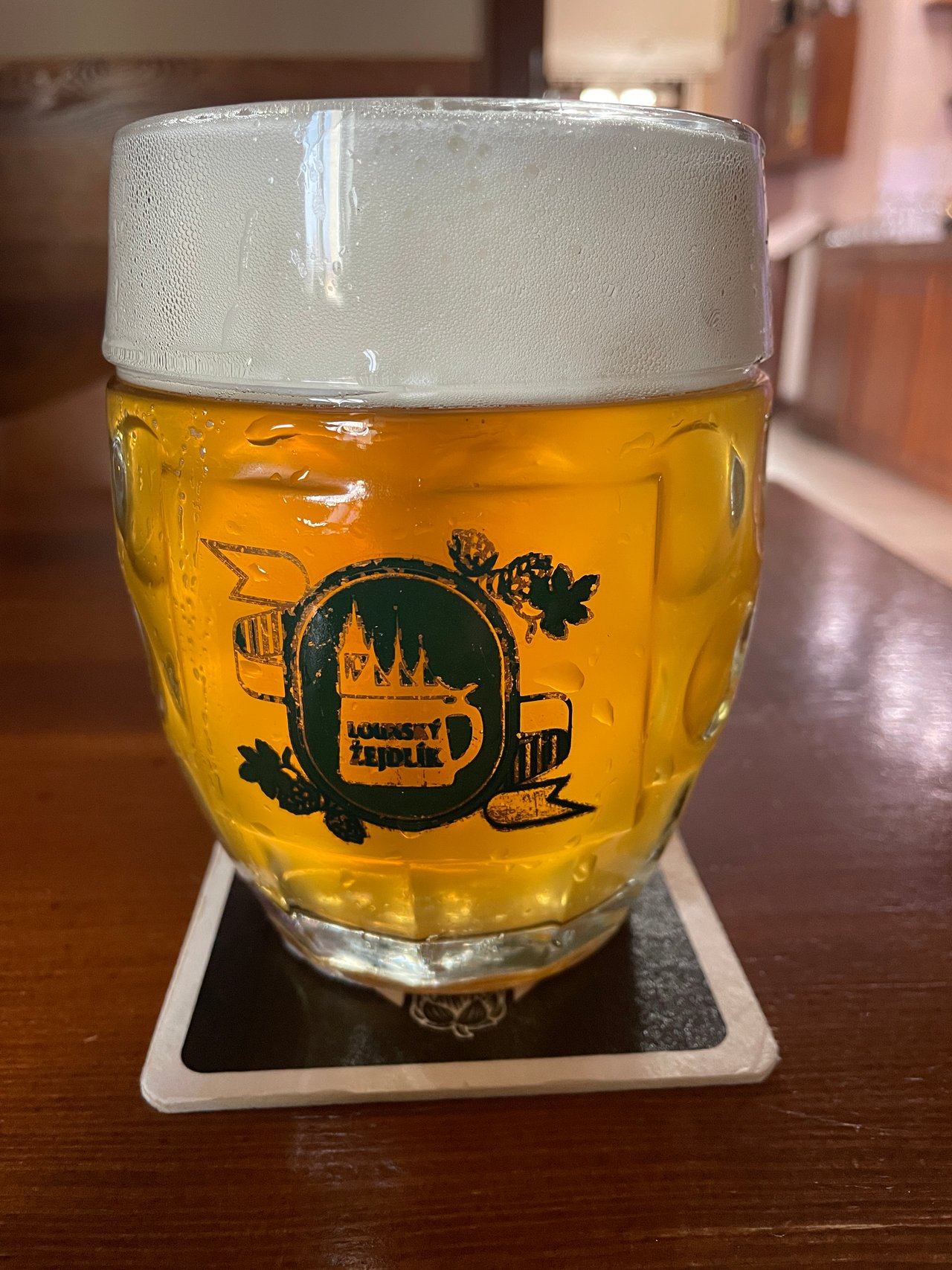
Lounský Kazbek – Experimental Lager
Now that was a surprise! Kazbek is a relatively new hop variety, cultivated from wild hops in the Caucasus Mountains of Russia. It’s only been recognized for a decade or two, and so far, I’ve only encountered ales brewed with it. However, this lager is hopped exclusively with Kazbek and brewed using Viennese malt, which gives it its amber color. The opening features light citrus notes with a hint of flowers I couldn’t quite identify. The body brings caramel-like malty tones, while the aftertaste blends the two dominant flavors. A truly interesting beer that I simply had to reorder.
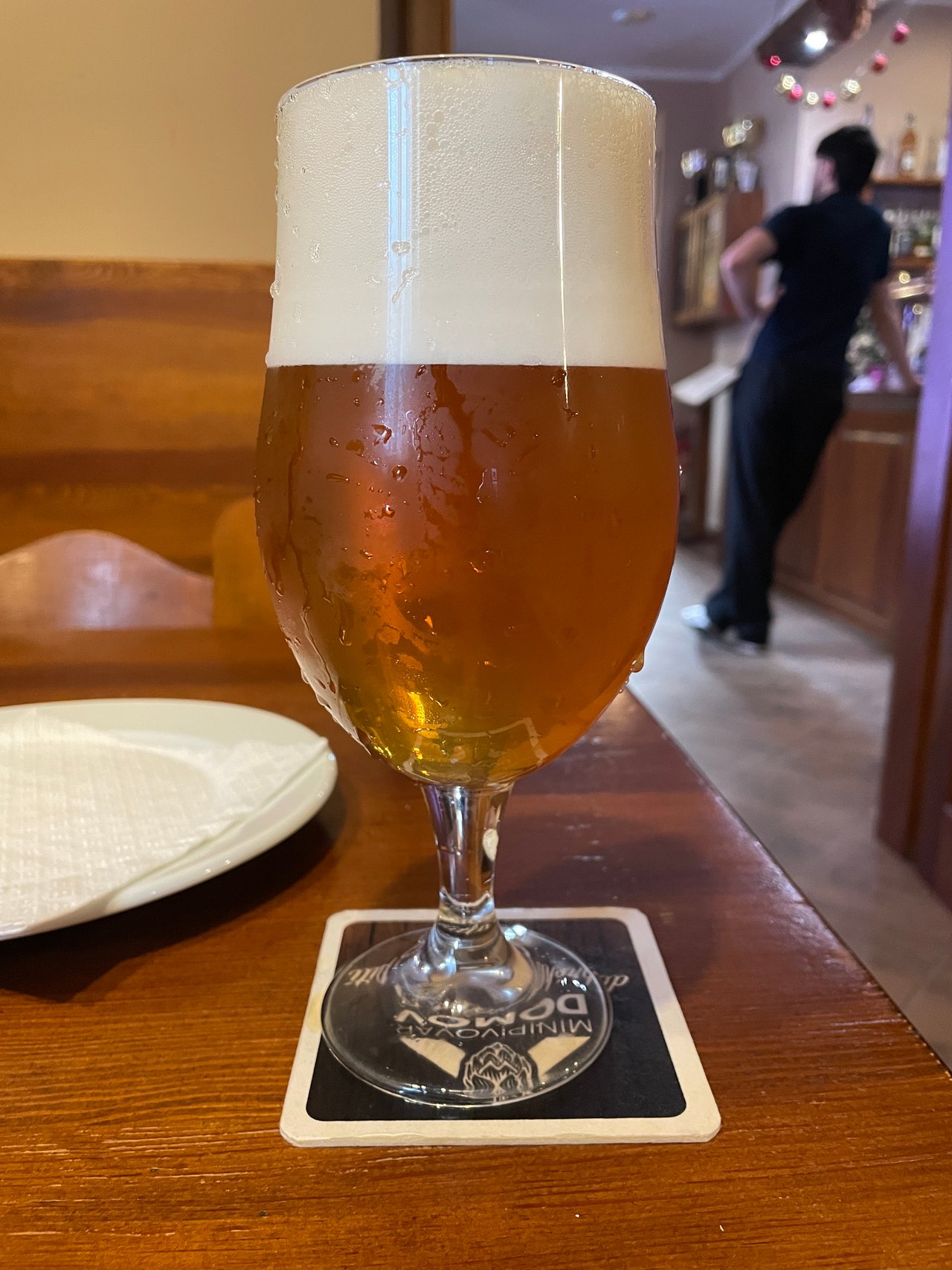
Lounský Žejdlík 13° – Bohemian Dark Lager
This award-winning dark lager is the flagship of Domov. However, I detected a slight unpleasant acidity, as if it were the very last beer from a keg. Nonetheless, the beer is strong on the malty side, overwhelming the palate with roasted aromas and flavors. Dark coffee dominates, with hints of cacao and caramel in the aftertaste. I would have enjoyed it more if not for the faulty flavor, which likely replaced the plum notes that should have been present.
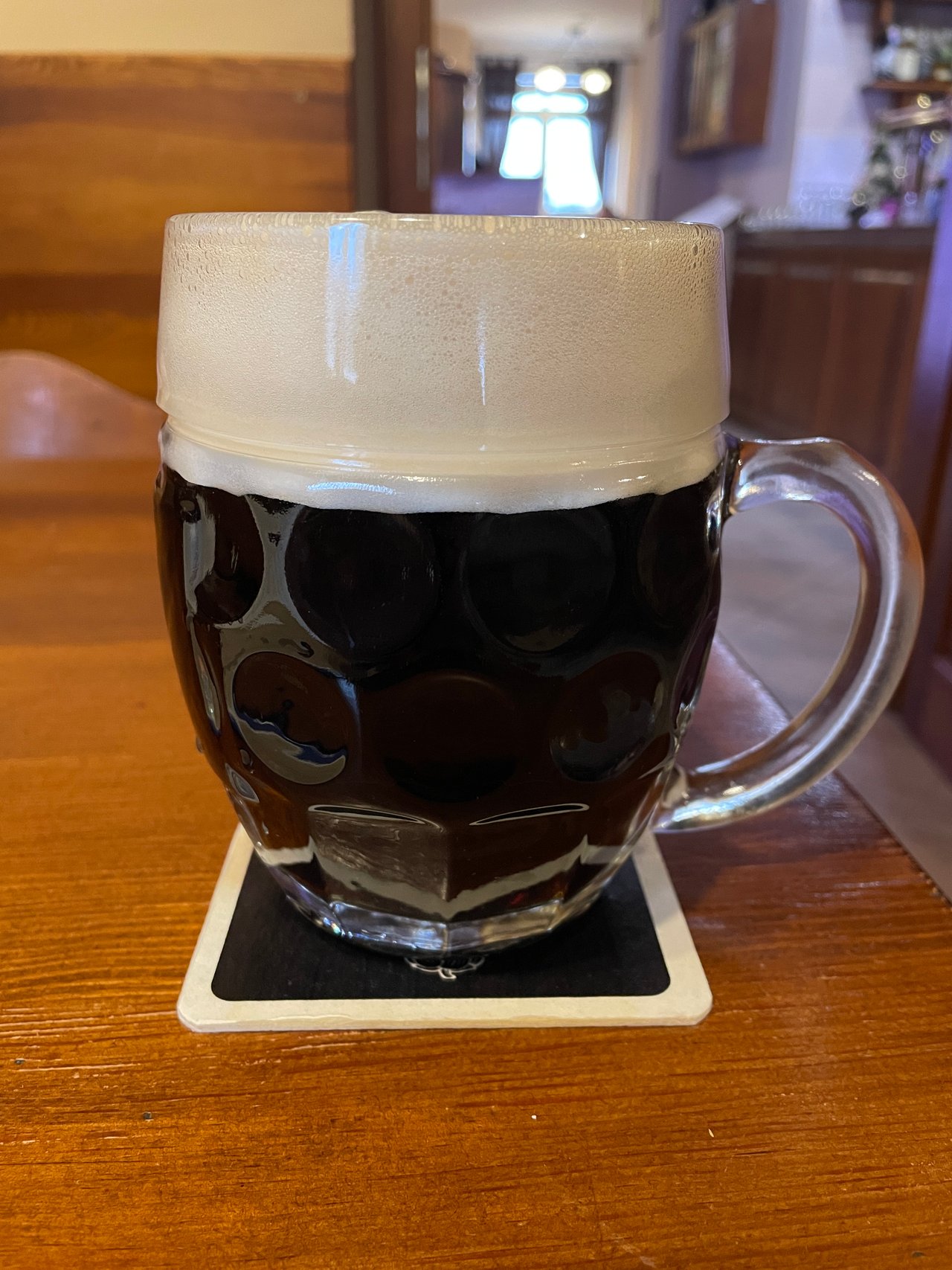
This is my #BeerSaturday challenge post, and I would like to invite @acidyo to participate. I am aware that Scandinavia is not really a beer heaven, yet there might be some local brews he would find refreshing :) Write a post in any language about beer with at least 3 pictures. It does not have to be published on Saturday. Check the rules published by @detlev ;)
Česky
I tady věřím, že si český čtenář, kterého téma zajímá, svede článek přeložit sám. Alespoň strojově. Přeci jen to není nic těžkého. Pro našince pak dodám několik postřehů. Přestože se jistě najdou lidé, kteří pokládají piva ze stáje Heinekenu za lokální produkty (to ostatně v zemi, která by bez Agrofertu asi umřela hlady, není nic divného), vždycky mě potěší, když mají lidé v nějakém regionu vztah k opravdu lokálním potravinám. Nebo právě tomu pivu, které je, zřejmě, taková brána do světa lokální produkce. Když už si někdo uvědomí, že ta Plzeň není žádná světová extratřída, a za podobné peníze (kolik stojí točený Prazdroj v Lounech sice nevím, ale světlá jedenáctka Doma vyjde na lidových 49 korun, zatímco tmavá třináctka na 51) dostane skvělé pivo z lokální produkce, asi mu začne vrtat hlavou, jestli by si nemohl čas od času dopřát také nějaký ten řemeslný chléb, sýr, nebo dokonce maso od místního farmáře.
Tady bych vypíchl ten Kazbek. Jak píšu v angličtině, v ležáku jsem ho ještě nepil. Je to relativně nedávno kultivovaný (a pro pivovarnictví oficiálně schválený) chmel původně z Kavkazu, který vlastně chutná dost "americky". Číšníka potěšilo, že jsem správně trefil slad (vídeňský), který pivu dodává tmavší barvu a karamelovost. Výsledek je hodně atypický, zajímavý ležák, který by mohl oslovit i nepivaře. Jen je to sezónní speciál, budete-li tedy mít během následujícího měsíce nebo dvou cestu do Loun, rozhodně doporučuju. Na druhou stranu se mi ještě nestalo, že bych narazil na minipivovar, který bych nedoporučil :)
Posted Using InLeo Alpha



Comments